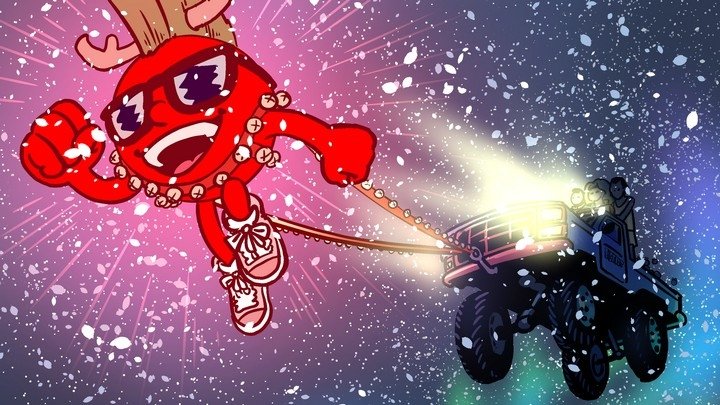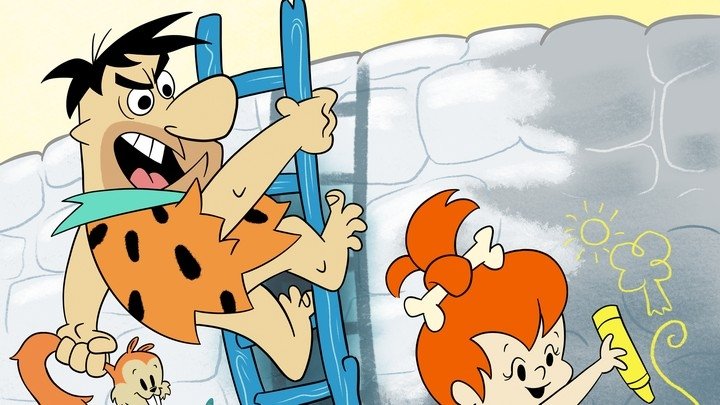How an influential action-RPG classic took its final form on Game Boy
You'll still want a walkthrough, but this is the friendliest way to experience Namco's genre-defining creation.
There are a few games that come up in my Video Works series as critical, influential touchstones for the games that appeared in the early days of the NES and Game Boy, and this week we finally take a proper look at one of them: Namco's The Tower of Druaga. Originally released to fair acclaim in arcades in 1984, Druaga really came into its own when it hit Famicom a year later. Since the game keeps coming up as a point of inflection, I thought to myself, "Hey, I should make an NES Works Gaiden video about the Famicom version."
And I almost did! But then I remembered that Druaga actually came out on Game Boy at the end of 1990—exactly a month ahead in the chronological timeline from where we currently are in Game Boy Works. So I played some of that version, rewrote the NES Gaiden script, and here we are: An episode about 30 games out of its proper sequence (because there were a lot of Game Boy games released in December 1990) but nevertheless pretty much on-track... and highly relevant.
Druaga on Game Boy turned out to be a pleasant surprise. It's very close in terms of mechanics, design, and those all-important secrets to the arcade and Famicom releases, but it also reflects its latter-day release date. By the time TOSE and Namco brought Druaga to Game Boy, the world had seen plenty of Druaga-inspired works ranging from Hydlide to Ys to Zelda, and this remake happily takes the genre's evolution into account. While it retains its level-by-level crawl up the eponymous tower, remains steadfast in its devotion to walk-and-stab combat, and makes its cryptic secrets no easier to find, it also dials down the punishing nature of the action considerably by trading out protagonist Gilgamesh's stock of lives for a single life bar.
This turns Druaga into a far less frustrating experience than it initially had been. The deliberate pace and style of the action meant its original one-hit-kill design tended to result in sudden, hard-to-avoid deaths even for experienced players. Adding a little forgiveness into the mix means Druaga becomes less of an exercise in struggling against arbitrary death and more a process of endurance and discovery. The addition of a forgiving continue setup and a password system helps even more.
There's pretty much no Japanese language skill needed for this version of the game, and the Game Boy has no regional locks. Which is to say, if you've ever been curious about Tower of Druaga and find the arcade conversions you find on Namco Museum collections too frustrating, this release is the most forgiving entry in the series, and it's cheap and plentiful on eBay—it's well worth tracking down.




